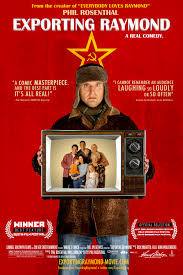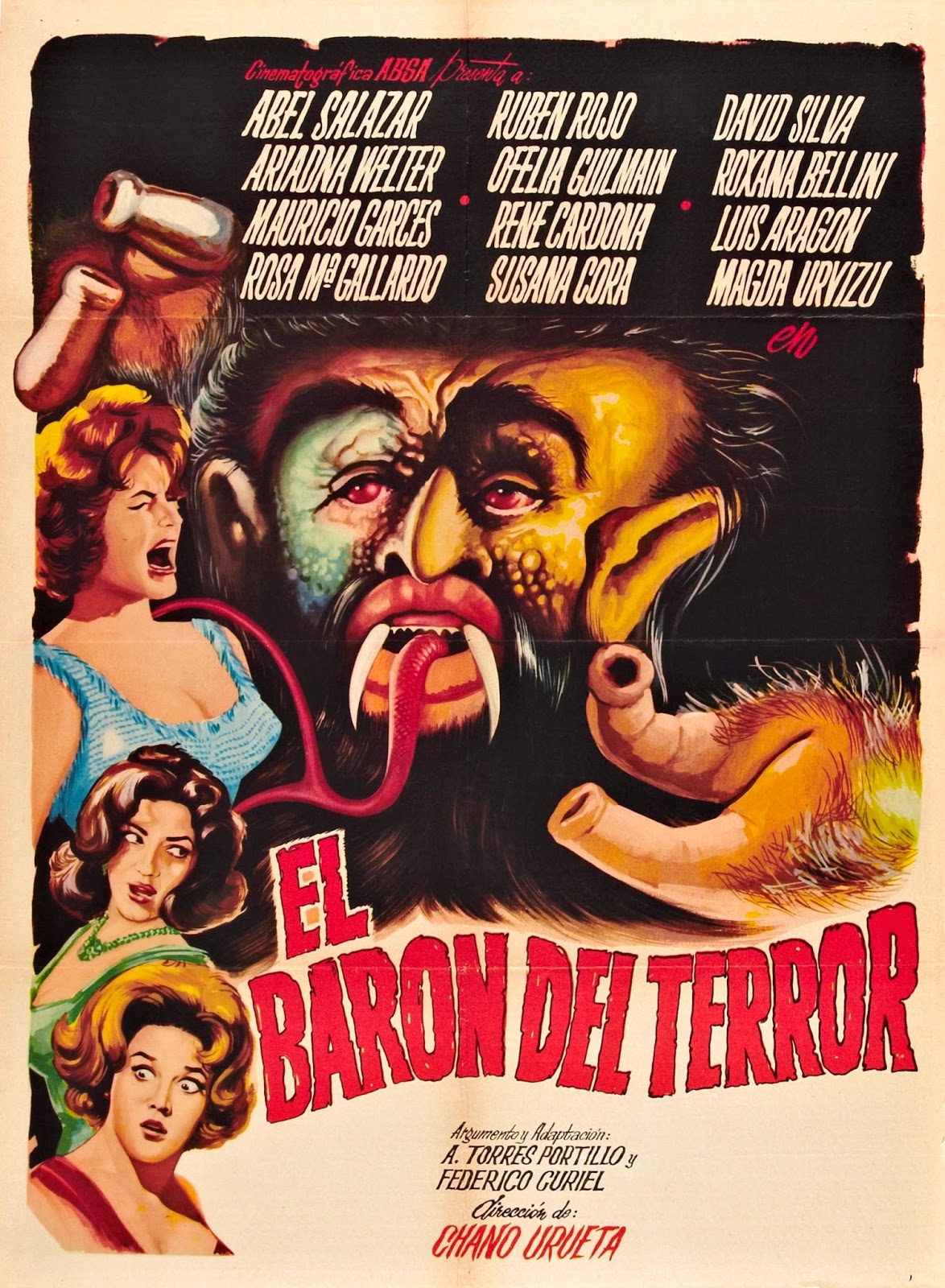V5 PAPERS LINEUP
The Mainstream Marginals: A New Cycle in Romantic Comedy
Diana M. Fraser (Carleton College- Minnesota, US)
Within the last five years radical subgenre thematic content has crept into mainstream romantic comedy’s syntax and semantics. Rendering theorists’ last cycle indicators outdated. Using three case studies, Crazy Stupid Love (2011), Silver Linings Playbook (2012), and Don Jon (2013). Fraser argues the romantic comedy is entering a new cycle called the “Mainstream Marginals.”
Betraying Dostoevsky: Robert Bresson and the Art of Faithful Adaptation
Christopher LeMaire (University of Florida- Florida, US)
Since the French New Wave, Critics have hailed Robert Bresson for his ability to transcribe “unfilmable” scenes in literature onto film. Yet, by examining the instances where he departs from the texts, this presentation suggests a new understanding of Bresson’s methods of adaptation, demonstrated through his filmic trilogy of reconstructed Dostoevsky Narratives.
From Zero to Chihiro: The Allegory of Sex Work in Spirited Away
Sarah Bean (University of Florida- Florida, US)
This paper illustrates how, in Hayao Miyazaki’s Spirited Away (2001), Miyazaki utilizes the young heroine Chihiro as a device to criticize both the stasis of traditional Japan as well as the consequences of the rapidity of technology and modernity inform discussion on the progressive state of Japanese Identity.
The Act of Piracy: Accessing The Act of Killing in Indonesia
Kristi Kouchakji (Concordia University- Montreal, Canada)
This paper argues that Given Indonesia’s political history, digital distribution, and specifically an endorsed form of piracy, was the only safe way of circulating and exhibiting The Act of Killing in Indonesia at the time of the film’s release.
The “Golden Age” of Spanish Language Theaters in Los Angeles: The Formation of a Transnational Cinema Audience
Carlos Sanchez (University of California Santa Barbara- California, US)
This paper investigates the films diverse audience for Mexican films that emerged in the United States during the 1940’s and the factors that defined the movie-going experience in the Spanish-Language theaters.
The Globalization of Encoded Authorship: Copycat Programming in the Post-Soviet Era
Julia Petuhova (University of California Santa Barbara- California, US)
This paper explores Russian Television producers’ search for a commercially viable audience in the post-soviet era, and the success these these producers found first with syndicated American Material, and then with copycat programming. I frame this discussion using Philip Rosenthal’s 2012 comedic documentary Exploring Raymond. Which inadvertently unveils a unique system of gendering programs designed to target the older female demographic due to the the primacy of these women as consumers of both television and goods. This system illustrates an active mode of format appropriation that offers insights into distinct cultural priorities and motivations.
The Image of Latin America in 70s Exploitation Cinema: Exoticism, Colonialism, and Youth Culture
Kevin Bahr (University of North Carolina Wilmington- North Carolina, US)
By examining various international exploitation films centered on Latin America, Bahr argues that each country approaches Latin America in a manner that reflects their own attitudes towards foreign lands, providing cultural insight into a much-derided type of film.
Before ICAIC: The National Cuban Film Industry and the Struggles against Imperialism Preceding the Castro Revolution by
Garrett Spake (University of North Carolina Wilmington- North Carolina, US)
This paper takes an In-depth look at the history of the film industry in Cuba before the Fidel Castro Revolution of 1959. In particular, the paper attempts to trace the failure of multiple attempts at creating an industry due primarily to interference from the United States Despite the Presence of a strong film culture among the populace in the country.








